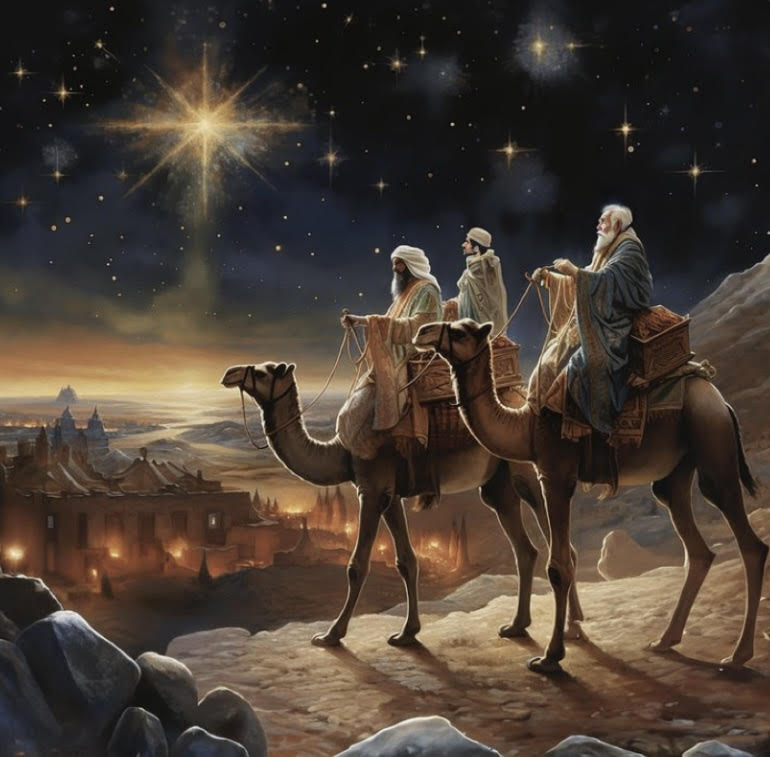Epiphany and Its Season:

It begins with evening prayer on January 5th. Ends the Tuesday before Ash Wednesday.
Epiphany: A Season of Revelation
Epiphany is one of the oldest seasons in the Christian Church Year, second only to the Easter Season. The name “Epiphany” comes from the Greek word epiphaneia, which means “manifestation” or “revelation.” This season highlights the revelation of Jesus Christ as both God and man. The earliest Christians referred to the Feast of the Epiphany as “Theophany,” meaning “revelation of God.”
The season of Epiphany begins with the visit of the Gentile Magi, who come to worship the newborn Jesus. Their presence marks a significant moment in salvation history, showing that Jesus is not only the Savior of the Jewish people but of all nations. Through the Magi’s visit, we see that all people—Jew and Gentile alike—now have access to God. Jesus, as the new temple, is the way for humanity to worship God. This revelation points to Jesus as the fulfillment of the Old Testament promise that God would dwell among His people.
The Feast of the Epiphany, celebrated on January 6, commemorates the arrival of the Magi and the manifestation of Jesus to the Gentiles. Depending on the date of Easter, the season of Epiphany may include up to nine Sundays.
Key Celebrations in the Epiphany Season
Epiphany is framed by two important feasts of Christ.
On the First Sunday after Epiphany, the church celebrates the Baptism of Our Lord. This day reminds us that Jesus, though without sin, willingly steps into the waters of baptism to bear the sins of the world. In doing so, He enters into our sinful condition so that through Him, we might be baptized into His death and resurrection, receiving forgiveness of sins.
The season culminates with the Feast of the Transfiguration, celebrated on the last Sunday of Epiphany. This festival commemorates the moment when Jesus was transfigured before three of His disciples on a mountain. In this event, they glimpsed Jesus in His divine glory, appearing alongside Moses, the giver of the Law, and Elijah, the prophet. The Transfiguration reveals Jesus as the fulfillment of the Law and the Prophets, the long-awaited Messiah who has come to suffer, die for the sins of the world, and rise again in glory.